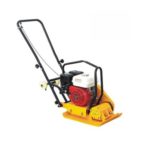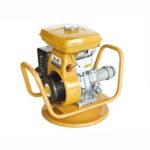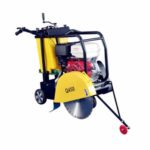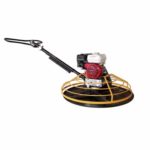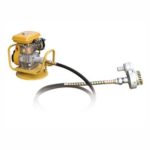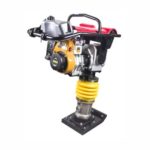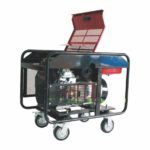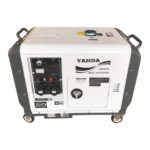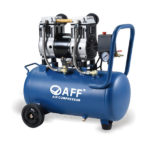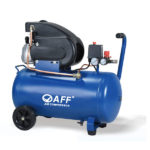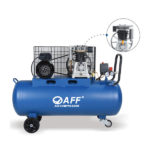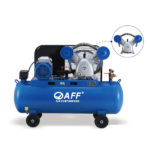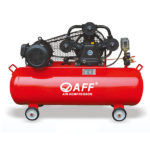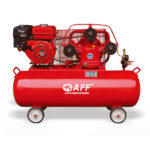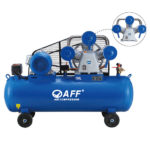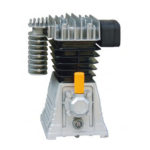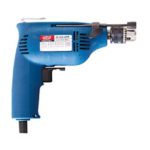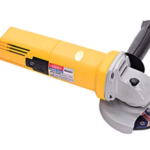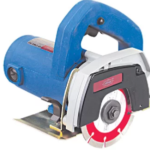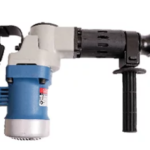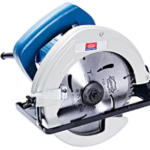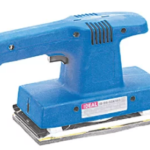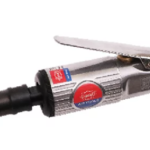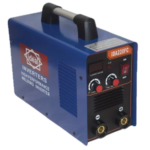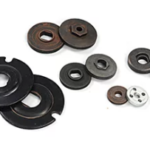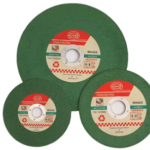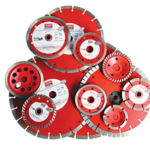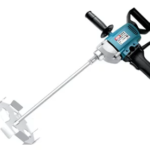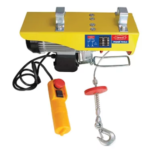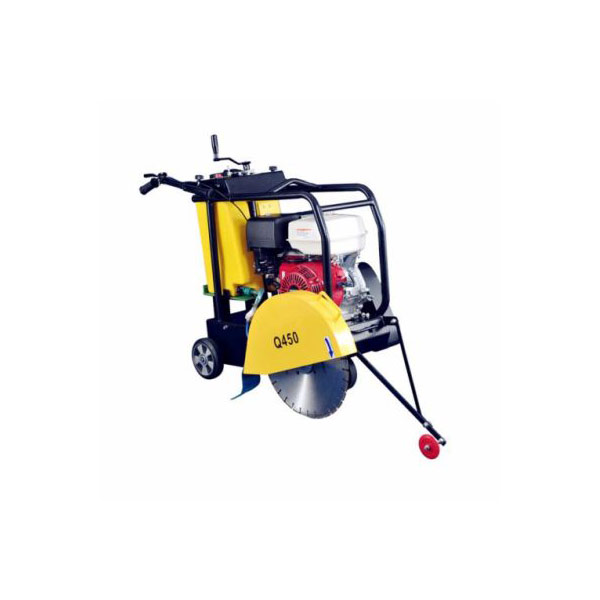Choosing the Best Concrete Cutter for Your Project: Key Features to Consider
Are you planning a construction or renovation project in the UAE? You will likely need a concrete cutter. This tool is crucial for many jobs in the construction industry.
Picking the right one can greatly impact your project’s success. Let’s dive into the key features you should consider when choosing a concrete cutter.
Why You Need a Concrete Cutter
Concrete cutters are indispensable in construction, and they are used to break down old structures, shape new ones, and create precise cuts in concrete surfaces.
In the UAE’s booming construction sector, these tools are in constant demand. A good concrete cutter can speed up your work, improve accuracy, and even enhance safety on the job site.
Power Source
The power source of your concrete cutter is crucial, and it affects where and how you can use the tool. Here are the main options:
- Electric Concrete Cutters: These are quieter and don’t produce exhaust fumes. They are ideal for indoor use or in areas with strict noise regulations. However, they need a power outlet nearby, which can limit mobility.
- Hydraulic Concrete Cutters: These are the powerhouses of the cutting world, and they are used for heavy-duty jobs and can handle thick, reinforced concrete. They are frequently employed in substantial demolition initiatives.
Blade Type: The Cutting Edge
- Diamond Blades: These are the gold standard for concrete cutting, and they last longer and cut more efficiently than other types. They are more expensive upfront but can be more cost-effective in the long run, especially for frequent use.
- Abrasive Blades: These are cheaper but wear out faster, and they are suitable for occasional use or softer materials. If you are on a tight budget or only need to make a few cuts, these might be a good option.
Cutting Depth
Different concrete cutters have different maximum cutting depths. This is a crucial factor to consider, and if you need to make deep cuts, ensure the cutter you choose can handle the depth you need. Some cutters can be adjusted for different depths, which adds versatility.
Water Supply System
Many concrete cutters use water to cool the blade and reduce dust. A good water supply system is essential for:
- Extending blade life
- Improving cut quality
- Reducing harmful dust in the air
Look for a cutter with an efficient water delivery system. Some models have built-in water tanks, while others can be connected to a water source.
Safety Features
- Blade Guards: These protect the operator from blade fragments and debris.
- Emergency Stop Buttons: For quick shutoff in case of an emergency.
- Anti-Vibration Handles: These reduce operator fatigue and the risk of conditions like hand-arm vibration syndrome.
- Dust Management Systems: These help maintain air quality, especially important for indoor work.
Conclusion
Choosing the right concrete cutter is a crucial decision that can impact the efficiency and quality of your construction projects in the UAE. Consider the power source, blade type, cutting depth, safety features, and other factors we have discussed. Spend some time investigating and contrasting your options.

















